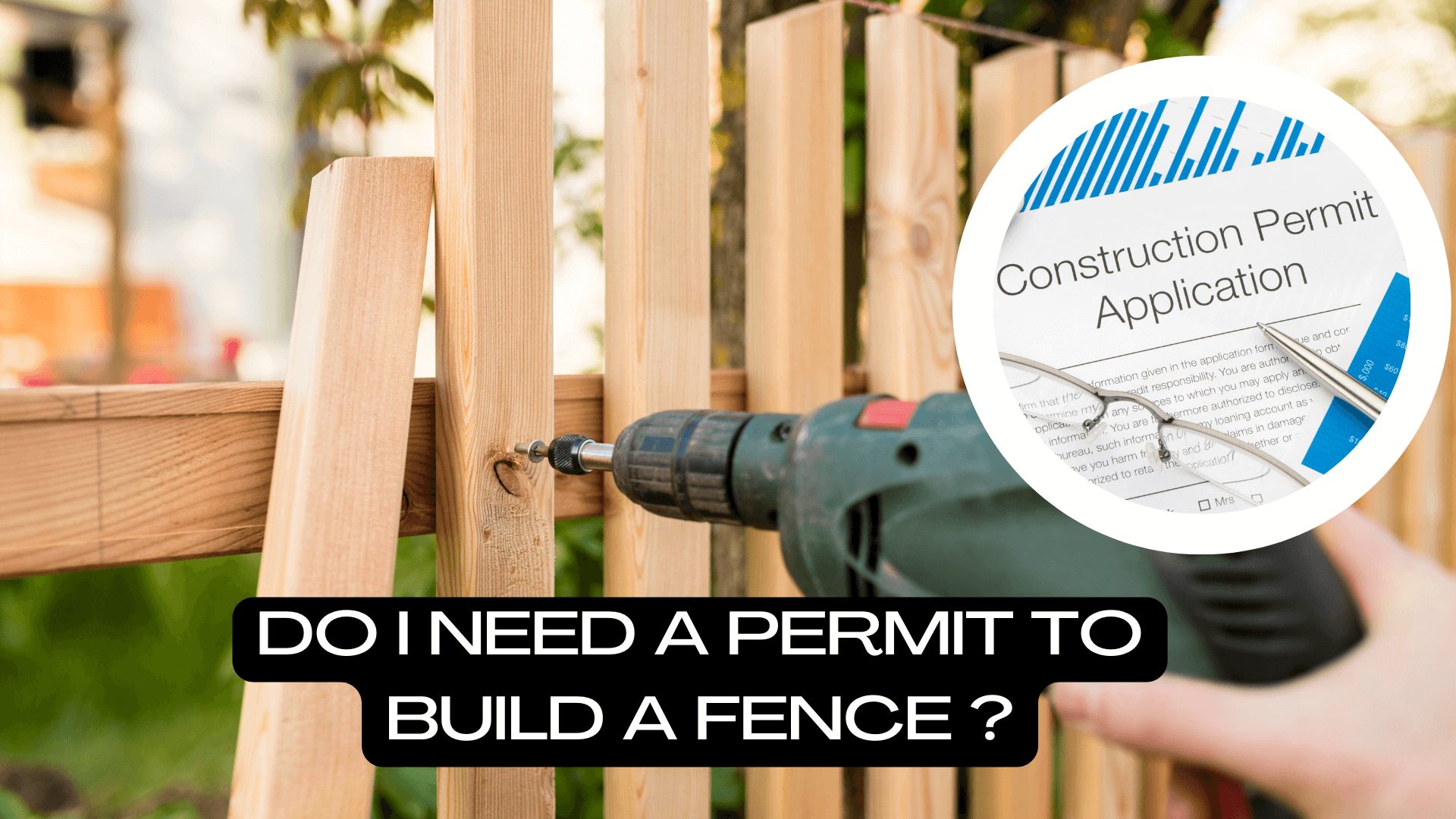Are you considering erecting a fence on your property? Many towns and counties will need a homeowner to obtain permission to carry out the work. This permit ensures that your fence’s design and the material comply with local building codes and have been approved by the city or local governing authority.
Permits are just one more measure to ensure that constructions are safe for the public and comply with existing regulations and procedures.
Fences do not require permits. However, there are some restrictions on where they can be placed. The finished side of fences built within 10 feet of property lines must face the property line. Fences more than ten feet must comply with the front and rear yard setbacks for the located zone.
Table of Contents
Why Do I Need A Permit To Build A Fence?
Where you reside, where you’ll be installing the fence on your property, and how tall you want your fence to be are three considerations that go a long way toward determining whether or not you’ll need a permit for fence installation:
If you live in a densely populated area, you will almost certainly require permission. In contrast, if you’re a farmer looking to set up a barbed-wire fence in a rural location, your odds of not needing permission are substantially higher. It makes a difference where you put the fence on your own land as well.
Regardless of the likelihood of requiring permission, you should always check to see if one is required. It’s better to be safe than sorry. It is vital that you get all squared away with the powers if you do not want to run into complications once the job is underway.
You may then concentrate on getting the actual construction done without worrying about a building inspector showing up and throwing cold water on your project.
Location Matters A lot
Your fence may be subject to a variety of rules depending on where it’ll be built, what it’ll be made of, and how tall you want it to be. If you live in a residential area, it’s unlikely that you’ll be allowed to create a barbed wire fence, and in specific neighborhood, the homeowner’s association may mandate that all fences be made of the same materials.
It’s still a good idea to check some building codes to ensure that whatever you’re building is structurally sound. It’s always a good idea to check with your city’s building inspector’s office to see if you need a permit, no matter where you reside. Building without the necessary permits can be costly and generate severe problems in the long term.
How To Apply For A Permit?
If you’ve concluded that you’ll need a permit for your fence, you can submit an application to your local council online or in writing. Because most applications have a charge and a processing time, it’s crucial to get everything in order before you start planning your fence’s construction.
For fences, some offices may not require appropriate designs. If you employ a professional to design your project, the cost of their set of permit drawings, as well as the cost of filing the permit, should be included in your budget.
Allowing a professional to handle your permitting can save you time and money because they know exactly what information to supply. Check with your local office to see if you can file this fence permit without a professional’s help.
Disadvantages Of Not Getting The Permit
A stop-work order may be issued if your local governing agency demands a permit for new or rebuilt fences and you do not file for one. This means that all work must be put on hold until the necessary paperwork is filed. There may also be additional charges.
You’re not out of the woods even if your application is accepted. Some cities will provide you with a list of inspections that have to complete during the installation process. Passing these inspections prepares you for the final inspection, which gives your structure the government’s stamp of approval.
Do I Also Need A Permit For Repairing?
Basic fence repairs virtually never require a permit, but the definition of what qualifies as a repair can be pretty tight. You’ll almost certainly require a permit if your fence is beyond repair and you need to replace more than one part of it. Even if you’re replacing an identical structure, you’ll almost certainly need a permit.
If municipal codes haven’t changed significantly, obtaining a permit for a direct replacement should be relatively straightforward.
First, check with your local building inspector’s office or city hall to see if the project you’re planning requires a permit. Get a survey of your property lines and have the surveyor mark the lines on the outside. Then request that he send you a digital copy of the survey.
This will assist you in sketching the perimeter of your fence and provide some protection if the building inspector requests it. They can provide you with any relevant papers as well as a copy of the codes you’ll need to know. There will undoubtedly be a price associated with submitting your application for approval, so be sure to inquire about it.
Conclusion
It’s time to draw out the perimeter of your fence after you’ve completed your property survey. Ensure that all required setbacks from the property line are met.
Finally, you should be able to offer a drawing or rendering of how your fence will appear, as well as a basic set of height and material parameters. Hopefully, this article will help to get all the details and instructions required before installing the fence.





